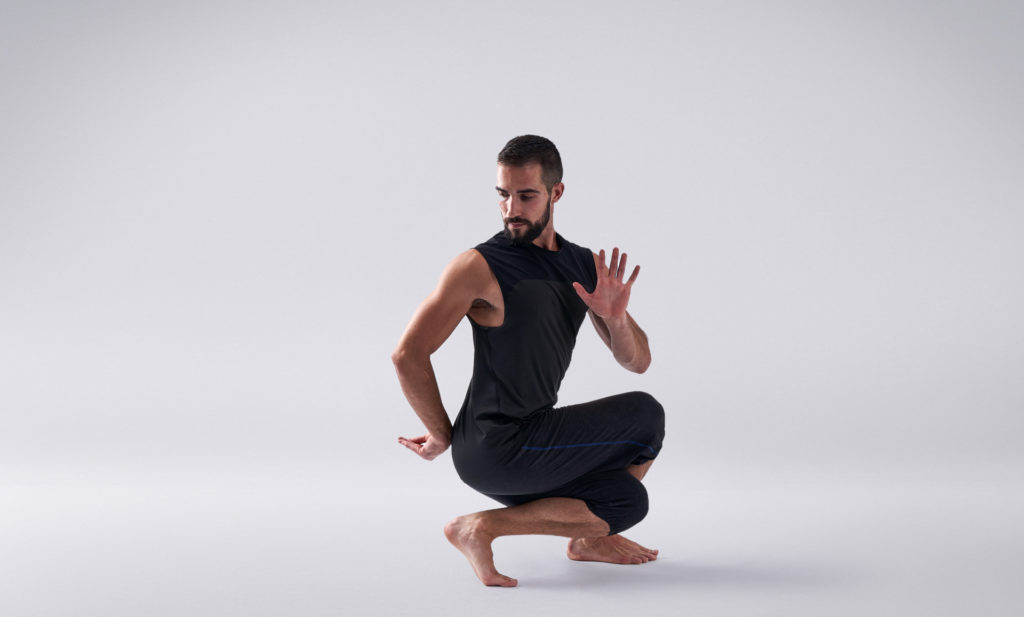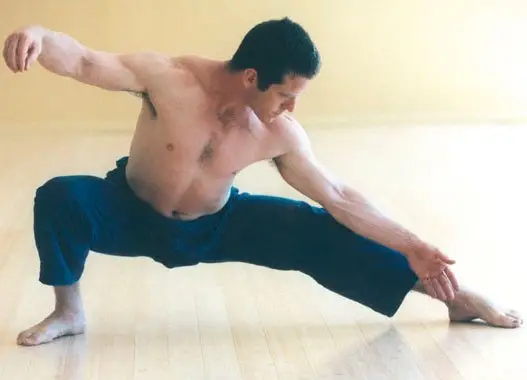In a fast-paced world where stress and demands seem never-ending, it is essential to find ways to nurture our physical, mental, and spiritual wellbeing. One ancient practice that holds the key to achieving balance and vitality is Qigong. Derived from the Chinese words “qi” (meaning life force or vital energy) and “gong” (meaning skill or cultivation), Qigong is an art form that has been passed down through generations, empowering individuals to tap into their inner potential and live harmoniously.
What is Qigong?
Qigong can be described as a holistic system of coordinated body postures, movement, breathing techniques, and meditation, designed to cultivate and balance the flow of Qi (energy) within the body. Rooted in ancient Chinese philosophy and traditional medicine, Qigong has been practiced for thousands of years as a means to enhance physical health, promote mental clarity, and deepen spiritual awareness.
At the heart of Qigong practice is the belief in the interconnectedness of all things. It recognises that Qi flows not only within our bodies but also in the surrounding environment. By aligning our movements, breath, and intention, we can harmonise our energy with the universal Qi, fostering a sense of unity and wellbeing.

Benefits of Qigong
Physical Health: Qigong movements gently stretch and strengthen the body, improve flexibility, and enhance circulation. Regular practice can boost the immune system, reduce chronic pain, and increase overall vitality.
Mental Clarity: The focused breathing and mindful movements in Qigong help calm the mind, reduce stress, and improve cognitive function. It cultivates a state of inner tranquility, promoting mental clarity and emotional balance.
Spiritual Growth: Qigong is a profound tool for spiritual exploration and self-discovery. Through its practice, individuals can deepen their connection to their inner wisdom, cultivate inner peace, and expand their consciousness.
The Five Phase System
The Five Phase System, also known as Wu Xing, represents five interconnected phases or elements: Wood, Fire, Earth, Metal, and Water. Each phase is associated with specific qualities, seasons, organs, emotions, and energetic pathways within the body. Understanding these elements helps individuals attain balance and vitality in their physical, emotional, and spiritual lives.
Wood (Liver): The Wood element embodies growth, flexibility, and vision. It is associated with the liver and gallbladder organs and represents the season of spring. Qigong practices for the Wood phase focus on cultivating flexibility, fostering creativity, and promoting a sense of purpose.
Fire (Heart): Fire symbolises warmth, joy, and passion. It corresponds to the heart and small intestine organs, representing the season of summer. Qigong practices for the Fire phase nurture the heart’s energy, enhance emotional well-being, and foster connection and love.
Earth (Spleen): The Earth element represents stability, nourishment, and grounding. It is associated with the spleen and stomach organs and represents the season of late summer. Qigong practices for the Earth phase aim to harmonise digestion, cultivate stability, and enhance the mind-body connection.
Metal (Lung): Metal embodies clarity, purity, and inspiration. It corresponds to the lung and large intestine organs and represents the season of autumn. Qigong practices for the Metal phase focus on cultivating deep breathing, releasing grief, and promoting mental clarity.
Water (Kidney): Water symbolises fluidity, adaptability, and wisdom. It is associated with the kidney and bladder organs and represents the season of winter. Qigong practices for the Water phase nourish the kidney’s energy, promote vitality, and support the body’s innate ability to adapt to change.
Getting Started with Qigong
Qigong is accessible to people of all ages and fitness levels. It can be practised anywhere, from the quiet solitude of nature to the comfort of your living room. At triyoga, we offer weekly classes in Chelsea.
Explore upcoming Qigong workshops











